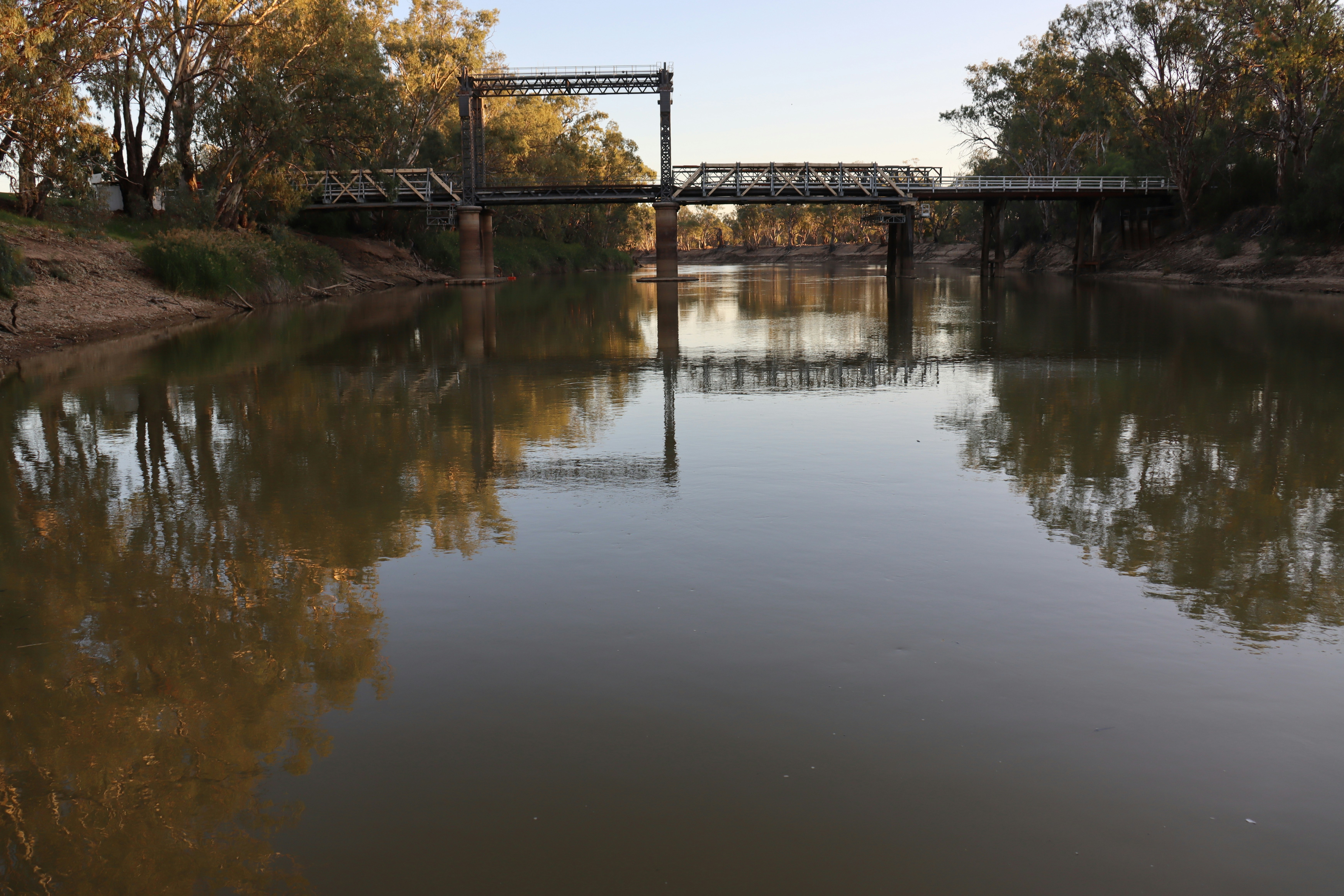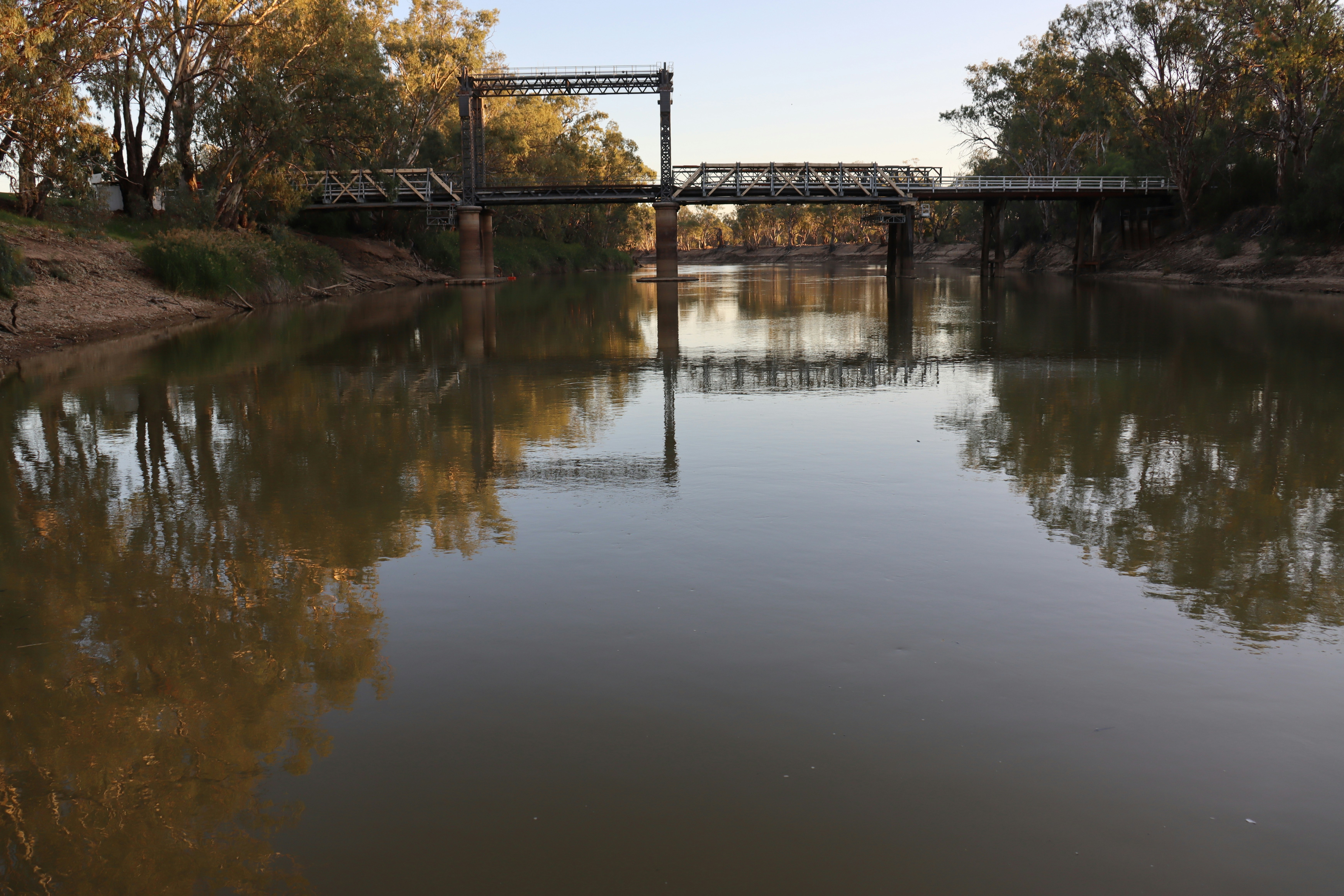Introduction to Natural Bridges in Australia
Natural bridges, also known as natural arches, are remarkable geological formations that captivate both geologists and tourists alike. These structures are created through complex natural processes, primarily erosion and weathering. Over extended periods, forces such as wind, water, and temperature changes work together to carve through rock, forming these stunning arches. In Australia, natural bridges hold a special place in the landscape, offering a glimpse into the Earth’s dynamic history.
The formation of natural bridges begins with the initial development of cracks or joints in rock formations. As these cracks widen due to continuous erosion, they eventually create openings that evolve into arches. The material composition and environmental conditions play crucial roles in determining the shape and size of the resulting natural bridge. For instance, softer rock layers erode faster than harder layers, leading to the unique and varied structures observed in different regions.
Australia boasts several prominent natural bridges, each contributing to the country’s diverse and picturesque scenery. These formations are not only geological wonders but also significant cultural and ecological landmarks. They provide habitats for various plant and animal species, adding to their ecological importance. Additionally, natural bridges are often steeped in indigenous cultural heritage, holding spiritual and historical significance for local communities.
For geologists, natural bridges offer valuable insights into the Earth’s geological past. Studying these structures helps scientists understand the processes that shape our planet’s surface over millions of years. Tourists, on the other hand, are drawn to the aesthetic appeal and the sense of wonder these natural formations evoke. Whether for scientific study or leisurely exploration, natural bridges in Australia continue to be a source of fascination and inspiration.
The Unique Formation of Natural Bridge, Springbrook
Natural Bridge, located within the verdant confines of Springbrook National Park, is a geological marvel born from a series of natural processes that span millions of years. The genesis of this formation can be traced back to the volcanic activity that once dominated the region. Approximately 23 million years ago, the area was part of a vast shield volcano known as the Tweed Volcano. The intense volcanic activity led to the deposition of basalt, a key element in the creation of the Natural Bridge.
As the volcanic activity subsided, erosive forces began their relentless work. Over time, the basaltic rock was subjected to the persistent flow of water from Cave Creek. This erosive action was instrumental in sculpting the Natural Bridge. The creek, which still flows through the area, carved its way through the softer rock layers, creating the cavernous arch that we see today. The continuous flow of water not only shaped the rock but also contributed to the formation of the plunge pool beneath the arch.
Environmental factors have also played a crucial role in shaping the Natural Bridge. The region’s high rainfall, coupled with the constant flow of Cave Creek, has ensured that erosion remains an ongoing process. Furthermore, the area’s lush subtropical rainforest environment has contributed to the stability of the soil and rock structures, preventing rapid degradation.
The timeline of the formation of Natural Bridge is a testament to the slow, yet powerful forces of nature. Scientific studies have provided insights into the intricate processes involved. Research indicates that the current structure has been in existence for thousands of years, continually evolving as a result of natural forces. These studies underscore the importance of preserving such natural wonders, as they offer invaluable insights into the Earth’s geological history.
Natural Bridge, Springbrook stands as a remarkable example of nature’s artistry, sculpted through the interplay of volcanic activity, erosive forces, and environmental conditions. It continues to captivate geologists, tourists, and nature enthusiasts alike, serving as a window into the dynamic processes that shape our planet.
Flora and Fauna Around Natural Bridge
The Natural Bridge in Springbrook stands as a testament to the rich biodiversity of the region. This unique geological formation is surrounded by an expanse of verdant rainforest, home to a remarkable variety of flora and fauna. The dense canopy comprises towering trees such as the Antarctic Beech and the Red Cedar, interspersed with undergrowth featuring ferns, mosses, and a myriad of other plant species. These plants form an intricate ecosystem, supporting not just themselves but various animal species that rely on them for food and shelter.
Among the fauna, the area around Natural Bridge is notable for its population of glow worms, which illuminate the cave interior with their bioluminescence, creating a magical nocturnal display. Additionally, the rainforest is a sanctuary for many bird species, such as the rare Albert’s Lyrebird and the Wompoo Fruit-Dove, both of which are endemic to the region. Mammals like the Red-legged Pademelon and the Brush-tailed Rock-wallaby also thrive here, taking advantage of the dense foliage for cover and sustenance.
The Natural Bridge area is not just a haven for animals but also for fungi. The damp, shaded conditions of the rainforest floor provide an ideal environment for a variety of fungi, including the vibrant Coral Fungus and the more elusive Ghost Fungus. These fungi play a crucial role in the ecosystem by breaking down organic matter and recycling nutrients back into the soil, thus maintaining the health of the forest.
Ecologically, the Natural Bridge is integral to the broader ecosystem of Springbrook National Park. It serves as a critical habitat for many species, some of which are endangered or found nowhere else in the world. The preservation of this area is essential not only for the species that inhabit it but also for the overall health of the national park’s ecosystem. The interconnectedness of flora, fauna, and fungi around the Natural Bridge underscores the importance of conservation efforts to protect this unique and biodiverse environment.
Tourism and Activities at Natural Bridge
Natural Bridge in Springbrook is a significant attraction for tourists, offering a blend of serene natural beauty and engaging activities. Visitors are drawn to Natural Bridge for its unique geological formations and the enchanting glow worm caves, which illuminate the area in a magical display, particularly during the warmer months from December to March. This period is considered the best time to visit, as the glow worms are most active, providing a stunning nocturnal spectacle.
Guided tours are available for those who wish to gain a deeper understanding of the area’s natural history and ecological significance. These tours often include detailed explanations about the formation of the natural arch and the unique flora and fauna that inhabit the region. For those who prefer exploring independently, several well-marked hiking trails cater to varying levels of experience. The most popular trail is the Natural Bridge Circuit, a relatively easy 1-kilometer loop that takes about an hour to complete and offers breathtaking views of the waterfall and the arch itself.
Aside from the glow worm caves and hiking trails, visitors can also enjoy bird watching, as the area is home to a variety of bird species. The lush rainforest setting provides an ideal habitat for birds, making it a paradise for ornithologists and nature enthusiasts alike. Photography is another popular activity, with the natural light filtering through the dense canopy creating perfect conditions for capturing the beauty of the landscape.
For a safe and enjoyable visit, it is recommended to wear sturdy footwear suitable for walking on uneven terrain and to carry sufficient water, especially during warmer weather. The weather can be unpredictable, so checking the forecast and preparing for sudden changes is advisable. Visitors should also adhere to the regulations set by the park authorities, including staying on designated paths to protect the delicate ecosystem and ensuring that no rubbish is left behind.
By following these tips and guidelines, visitors can fully appreciate the natural wonders of Natural Bridge while contributing to the preservation of this pristine environment for future generations.
“`html
Conservation Efforts and Challenges
The Natural Bridge in Springbrook, Australia, is not only a natural marvel but also a focal point for extensive conservation efforts. Protecting this unique geological formation and its surrounding environment has become a priority for various stakeholders, including local communities, government bodies, and non-profit organizations. These entities collaborate to implement and sustain a range of conservation initiatives aimed at preserving the ecosystem.
One of the primary conservation efforts is the regulation of human activity in and around the Natural Bridge. Visitors are encouraged to follow designated paths and adhere to guidelines that minimize their impact on the delicate ecosystem. Efforts are also made to educate the public about the importance of conservation through informational signage and guided tours. These measures aim to balance tourism with ecological preservation.
However, conservationists face numerous challenges in their mission to protect the Natural Bridge. Human impact, such as littering and vandalism, remains a persistent issue. Additionally, climate change poses a significant threat by altering weather patterns, which can affect the water flow and vegetation in the area. Invasive species also present a challenge, as they can disrupt the native flora and fauna, leading to imbalances in the ecosystem.
In response to these challenges, several ongoing projects and initiatives have been launched. For instance, reforestation programs aim to restore native plant species, while invasive species are actively monitored and managed. Water quality and flow are closely observed to ensure the health of the natural pool and waterfall. These initiatives are often spearheaded by government bodies in collaboration with environmental organizations and local community groups.
The role of local communities is particularly vital in conservation efforts. Residents often participate in clean-up drives, educational programs, and citizen science projects that contribute to data collection and monitoring. Government bodies provide funding and regulatory support, while non-profit organizations offer expertise and resources. Together, these collaborative efforts aim to safeguard the Natural Bridge for future generations to enjoy.
“`
Personal Experiences and Visitor Testimonials
Natural Bridge in Springbrook National Park is a destination renowned for its breathtaking beauty and serene atmosphere. Visitors from various walks of life have shared their experiences, highlighting the diverse allure of this natural wonder. John, a first-time tourist, expressed his awe at the sight of the glowing bioluminescent fungi and the enchanting glow worms that light up the cave at dusk. “It felt like stepping into a fairytale,” he remarked, emphasizing the magical ambiance that leaves a lasting impression on all who visit.
Seasoned hikers like Lisa appreciate the challenge and tranquility that comes with exploring the surrounding trails. “The hike to Natural Bridge is moderately easy, making it accessible for most people. The sound of the waterfall cascading through the rock arch is incredibly soothing,” she shared. Lisa’s experience underscores the sense of peace and connection to nature that many visitors feel.
For families, Natural Bridge offers a unique and educational adventure. Sarah, who visited with her two young children, recounted their excitement at spotting various wildlife and learning about the ecosystem. “My kids were thrilled to see the glow worms and learn about the importance of conserving their natural habitat,” she said. This highlights the location’s appeal not just to nature enthusiasts, but also to families seeking meaningful and engaging outings.
Photography enthusiasts find Natural Bridge to be a paradise. Mark, an avid photographer, described his experience capturing the ethereal beauty of the site. “The way the light filters through the foliage and the cave creates stunning photographic opportunities. Every angle offers a new perspective,” he noted. This sentiment is echoed by many who find endless inspiration in the natural beauty of the area.
Overall, visitor testimonials consistently reflect the profound emotional and sensory impact of Natural Bridge. Whether you are a nature lover, a curious tourist, or a family looking for a memorable experience, Natural Bridge in Springbrook promises a unique and enriching visit. The stories shared by visitors serve as a testament to the site’s allure, encouraging others to experience its magic firsthand.
Enter your email to get the Latest Updated Exploring News and Topics







